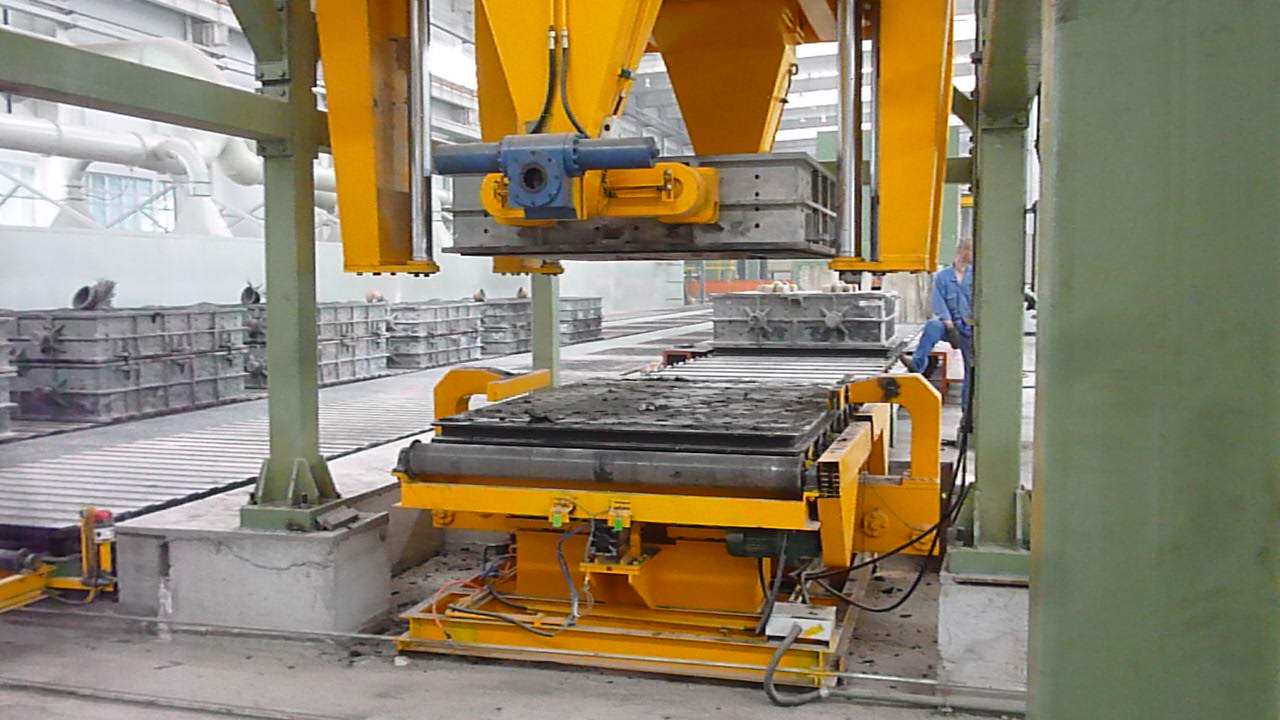דצמ . 19, 2024 11:12 Back to list
cast aluminum parts casting
Cast Aluminum Parts An Overview of Casting Techniques and Applications
Cast aluminum parts are widely used in various industries due to their lightweight, high strength, and excellent corrosion resistance. The process of casting aluminum involves pouring molten aluminum into a mold to create parts that can have intricate designs and specific mechanical properties. This article delves into the different casting techniques, the advantages of using cast aluminum parts, and their diverse applications.
Casting Techniques for Aluminum Parts
1. Sand Casting Sand casting is one of the oldest and most commonly used methods for casting aluminum. In this process, a mold is formed using a mixture of sand and a binder. The molten aluminum is poured into the mold, and once it cools, the sand is removed to retrieve the cast part. Sand casting is particularly valued for its ability to create large parts and its cost-effectiveness for low-volume production runs.
2. Die Casting Die casting involves forcing molten aluminum into a steel mold under high pressure. This process allows for high precision and repeatability, making it ideal for mass production of complex parts with fine details. Die casting can achieve excellent surface finish and dimensional accuracy, which is crucial for applications requiring stringent tolerances.
3. Investment Casting Investment casting, also known as lost-wax casting, provides a method for creating parts with intricate shapes and high levels of detail. A wax pattern is coated with a refractory material to form a shell mold. After the wax is melted away, molten aluminum is poured into the mold. This technique is often utilized for producing components that require tight tolerances and rich geometrical complexity.
4. Permanent Mold Casting This method involves pouring molten aluminum into reusable metal molds. Permanent mold casting is suitable for producing parts in medium to high production volumes. The process allows for better dimensional control and surface finish compared to sand casting, making it a preferred choice in industries which require precision components.
cast aluminum parts casting

Advantages of Cast Aluminum Parts
One of the most significant benefits of cast aluminum parts is their lightweight nature, which translates into energy savings and improved efficiency in applications, particularly in the automotive and aerospace industries. Additionally, aluminum's natural corrosion resistance leads to a longer lifespan and less maintenance for the components manufactured from it.
Another advantage is the versatility in design. Aluminum can be cast into complex shapes and detailed features, allowing engineers and designers the freedom to innovate without the constraints typically associated with other manufacturing processes. Furthermore, aluminum's excellent thermal and electrical conductivity enhances its usefulness in various applications.
Applications of Cast Aluminum Parts
The applications of cast aluminum parts are vast and varied. In the automotive industry, cast aluminum components are utilized in engine blocks, transmission cases, and wheels due to their strength-to-weight ratio. The aerospace sector benefits from cast aluminum parts for structural components, frames, and fittings, ensuring that airframes are lightweight yet robust.
In the manufacturing sector, cast aluminum parts are often used in machinery housings, brackets, and other support structures. In addition, the electrical industry employs aluminum castings for enclosures and heat sinks, taking advantage of aluminum's thermal conductivity.
In summary, cast aluminum parts play a critical role across diverse industries, bolstered by advanced casting techniques that offer flexibility, precision, and efficiency. The continued innovation in casting technologies is likely to expand the possibilities for aluminum parts, driving further advancements and applications in the future. As industries seek to improve performance while reducing weight, the demand for cast aluminum components is poised to grow, highlighting the importance of this versatile material in modern manufacturing.
-
Centrifugally Cast Iron Water Main Pipe for Reliable Mains
NewsAug.22,2025
-
Durable Centrifugally Cast Iron Water Main Pipe
NewsAug.11,2025
-
Centrifugally Cast Iron Water Main Pipes for Reliability
NewsAug.10,2025
-
High-Quality Centrifugally Cast Iron Water Main Pipes
NewsAug.09,2025
-
Durable Cast Iron Water Main Pipe & Drainage Solutions
NewsAug.08,2025
-
Buy Cast Iron Pipe: Premium Ductile Iron & Drain Solutions
NewsAug.07,2025


